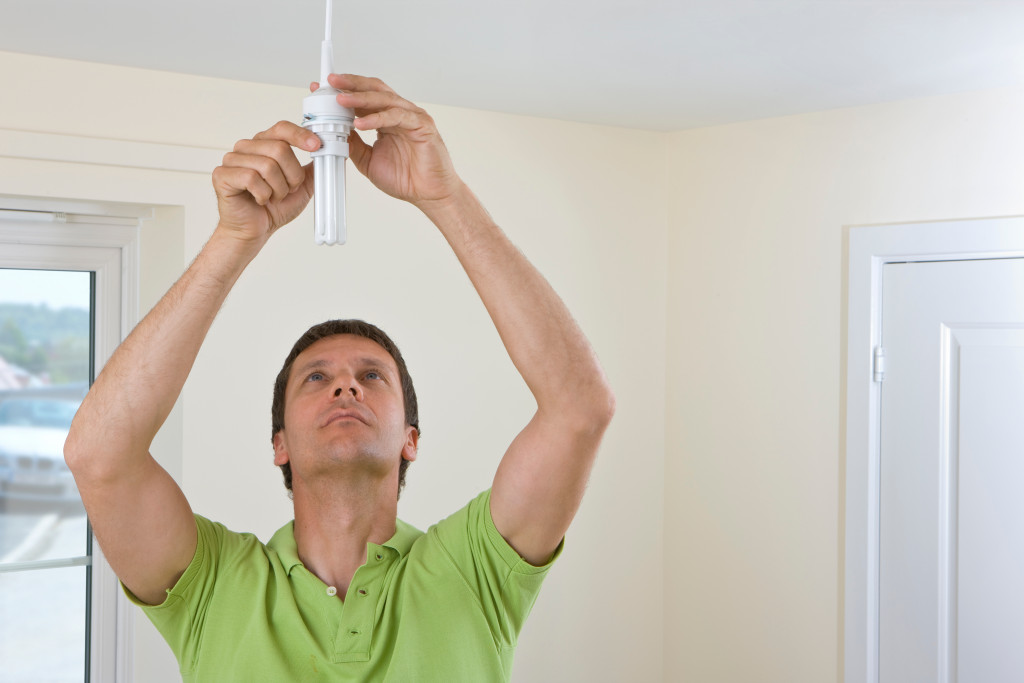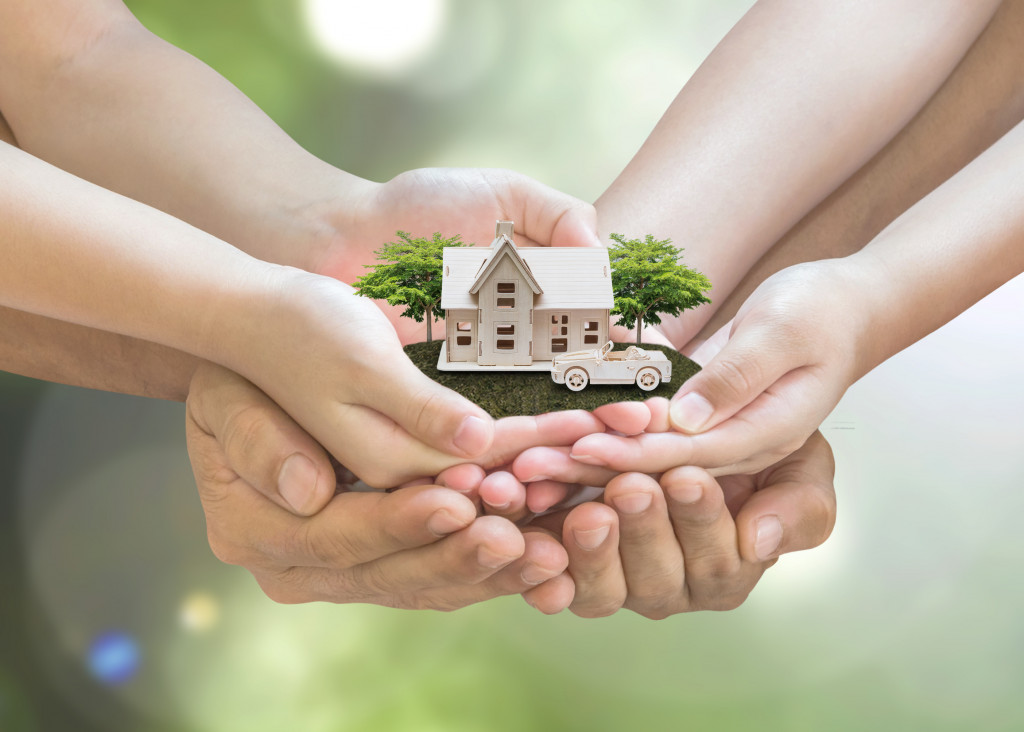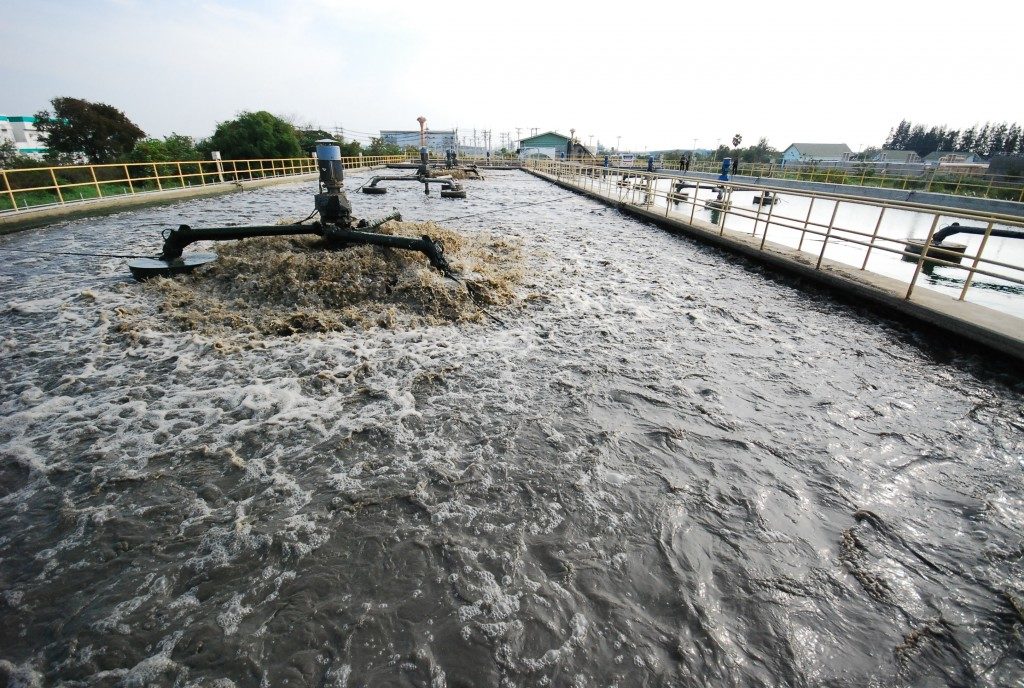More and more people are looking for ways to build eco-friendly homes. And that is a good thing! An eco-friendly home is not only better for the environment, but it can also save you money on your energy bills. Here are six tips to help you start building an eco-friendly home of your own.
1. Use Sustainable Building Materials
When it comes to building or renovating a sustainable home, the materials you use are just as important as the design. Traditional construction materials like concrete, brick, and lumber require a lot of energy and water to produce, and they often come from unsustainable sources.
Look for building materials with a low environmental impact; for example, the use of composite fence panels is a great alternative to traditional wood, as they are made from recycled materials. Another option is using reclaimed or salvaged materials in your construction or renovation project. This not only reduces waste but also adds unique character to your home.
2. Install Energy-Efficient Appliances
Your appliances make up a large portion of your energy use in the home, so it’s important to choose energy-efficient options when shopping for new ones. Look for appliances with an ENERGY STAR label, which means they meet strict energy efficiency guidelines set by the EPA.
You can also consider investing in solar panels for your home, which can greatly reduce your dependence on traditional electricity sources and lower your energy bills. But before making the switch to solar, do your research and ensure it is cost-effective for you in the long run.
3. Incorporate Green Technologies
You can incorporate many green technologies into your eco-friendly homes, such as programmable thermostats and LED lighting. Programmable thermostats allow you to set specific temperatures for different times of the day, so you’re not wasting energy heating or cooling an empty house. LED lights use significantly less energy and last longer than traditional lightbulbs, helping to cut down on energy use and waste.
With pro-environmental attitudes on the rise, there are more and more green technology options becoming available for the home. Look into eco-friendly options for everything from water heaters to appliances to lawn care equipment. You may be surprised at how much energy and resources you can save by making a few simple switches.

4. Install Double-Glazed Windows
Windows are a major source of heat loss in the winter and heat gain in the summer, leading to increased energy use for heating and cooling. Double-glazed windows have two layers of glass with a sealed space in between, providing better insulation and reducing energy loss.
Consider options with low-emissivity (Low-E) coatings when shopping for new windows. These coatings reflect heat while allowing light to pass through, further improving the energy efficiency of your windows. When installing new windows, consider the direction they face; south-facing windows will let in more heat during winter, while north-facing ones can help keep your home cooler in summer.
5. Use Natural Lighting
Maximizing natural lighting in your home not only reduces your reliance on artificial lighting but can also improve your space’s overall atmosphere and mood. Incorporate skylights and large windows to let in as much natural light as possible.
In the design phase, consider orienting your home to take advantage of the sun’s position by strategically placing windows and insulation. This can greatly reduce your need for artificial lighting and heating or cooling throughout the day. You can also consider installing solar tubes, which use mirrors to redirect natural sunlight into dark areas of your home.
6. Incorporate Greenery
Incorporating plants and greenery into your home can improve air quality, provide a natural source of insulation, and add beauty to your space. Consider planting trees or shrubs on the exterior of your home for added insulation and shade. Indoor plants look great and act as natural air filters, removing harmful pollutants from indoor air.
Look for plants that are easy to care for and don’t require excessive watering, as this can be a waste of resources. Native plants are also a good option as they are already adapted to the local climate and environment. Here are some easy-to-care-for indoor plants that also purify the air: aloe vera, spider plant, and peace lily.
There are a number of ways you can build an eco-friendly home—from using sustainable building materials to incorporating green technologies to choosing Energy Star appliances. By making even just a few small changes, you can impact the environment (and your wallet). So what are you waiting for? Start building an eco-friendly home today!





